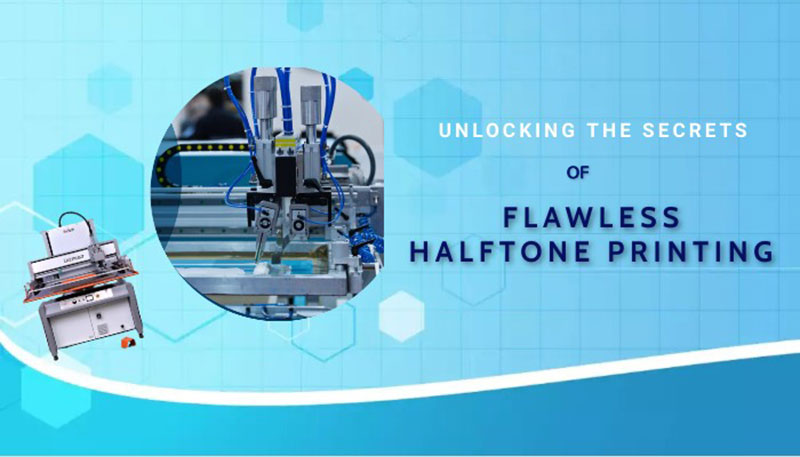“ Learn ceaselessly,
Get the best out of you ”
Get the best out of you ”
Unlocking the Secrets of Flawless Halftone Printing

Unlocking the Secrets of Flawless Halftone Printing: 9 Expert Strategies to Conquer Moiré Patterns**
Introduction
Moiré patterns, the bane of halftone and process-color printing, often strike unpredictably, wreaking havoc on print quality. Despite their elusive nature, there are proven strategies to significantly minimize their occurrence.
- Strategy 1: Organized Precision
- Begin with meticulous organization, maintaining detailed records of screenmaking parameters and press settings.
- Systematic data management enables the identification of recurring patterns and potential moiré triggers.
- Strategy 2: Consistency is Key
- Maintain consistent values for halftone angles, mesh tension, and mesh count.
- Standardization aids in pinpointing problematic variables contributing to moiré.
- Strategy 3: Verify, Don’t Assume
- Personally verify material specifications and tolerances, as they may not always match provided values.
- Mesh counts and halftone angles often deviate from their specified measurements.
- Strategy 4: Precise Halftone Angle Placement
- Ensure a 30° separation between halftone angles for contrasting colors.
- Rotate halftone angle sets slightly from lithographic angles to minimize moiré.
- Strategy 5: Optimal Mesh-to-Dot Ratio
- Opt for the highest possible mesh count and lowest possible halftone line count to maximize the mesh-to-dot ratio.
- A higher ratio reduces the likelihood of moiré formation.
- Strategy 6: Selecting the Right Mesh
- Choose meshes with high open areas and thin threads to minimize interference between halftone dots and mesh threads.
- Finer threads reduce the chance of moiré.
- Strategy 7: Embrace Proper Emulsion-Over-Mesh Thickness
- Maintain 8-12 microns of emulsion-over-mesh for proper dot formation.
- Incorrect EOM can lead to improper dot formation and prevalent moiré.
- Strategy 8: Pin Registration for Accuracy
- Utilize pin registration to align positives accurately to screens, ensuring proper halftone angle alignment.
- This guarantees precise reproduction of halftone images.
- Strategy 9: Optimal Vacuum and Exposure
- Ensure full vacuum during exposure to avoid undercutting and halation.
- Control exposure with a light integrator for accurate dot formation.
Conclusion:
Conquering moiré in halftone printing requires a combination of precision, consistency, and attention to detail. Adopting these expert strategies empowers printers to produce flawless halftone prints consistently.